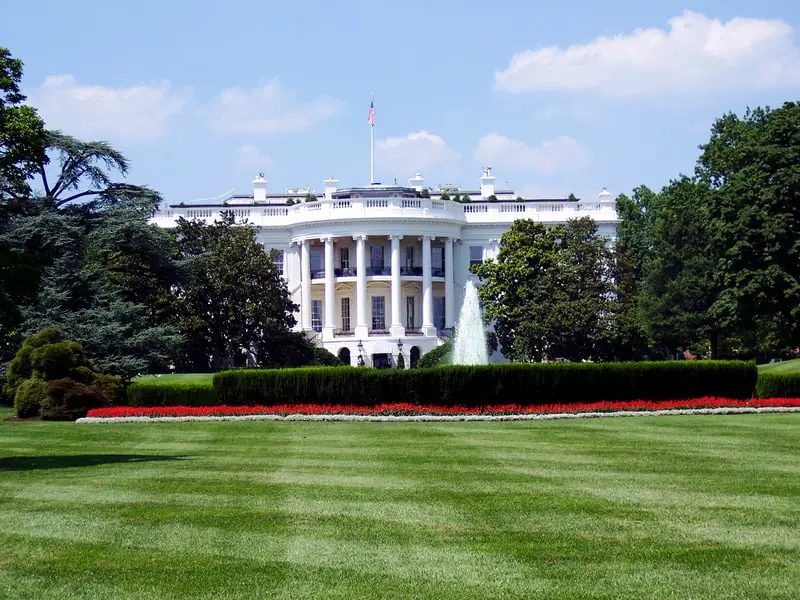Embalming should be done anywhere from 12 hours to one-week post-death depending on your circumstances. While some cases do not require embalming, embalming is recommended for cases in which the funeral is delayed or the funeral will have an open-casket viewing.
Embalming should be performed as soon as possible following a death. Embalming between the first 12-24 hours will prevent the body from decaying before the embalming begins. For an open casket or delayed funeral, a body should be embalmed no longer than two days after death for the best results.
It seems fairly straightforward, and for most people planning a funeral, it will be. However, there are lots of factors to take into account, from the effects of grief (Speak to a professional today from the comfort of your home) to a desire to break with traditions that can be harmful to the environment.
Below, I’ve gathered together all the facts and information you need to know about embalming the body of a loved one so that you can make the best decision possible for your individual case.

Essential facts about embalming
The rules for embalming are roughly the sooner, the better. There are some circumstances why a family would want to wait for the embalming, but more often than not you should take the body to be embalmed as quickly as you can.
Of course, these depend if you are choosing a more conventional funeral over an increasingly more popular greener alternative.
The body can be held under refrigeration for a few days, but embalming ensures the body will look the best it can for viewing during an open casket funeral. The longer you wait, the more difficulty the embalmer will have.
Embalming preserves a body for about a week. The first day after death, the body will start to decay. Embalming lengthens the amount of time the body is safe to keep refrigerated.
Embalming needs to be the first priority when a person dies. The body will become a public health threat a day following death, so it is important to embalm as soon as you can.
After the body is embalmed, it will be held in a refrigerator until the funeral. Embalming does not stop the decaying process altogether; it only slows it down.
Should You Wait to Embalm?
Waiting to embalm a body is not a good idea unless you opt to not embalm the body at all. Embalming should be done as soon as possible to prevent decay. Especially, as I said before, if you have an open casket viewing, embalming should be done immediately.
There are, however, reasons why a funeral would be delayed. If a funeral is delayed and the body is not cremated, then embalming should be performed to ensure the presence and prevent disease and decay in the body.
Twelve hours is the optimal time length for embalming. The body will be easiest to embalm, and the embalmer will have little difficulty maintaining the appearance of the deceased.
The deceased person will look almost like they did in life. You can wait up to one week to embalm, but the appearance of the person will deteriorate the longer you wait, as the body will begin to decay.
If a body is not embalmed or is partially embalmed, it will be placed in a refrigerator and the family will be charged for refrigeration.
If the mortuary is not booked and can embalm the body sooner, have the body embalmed so you do not have to pay for the extra refrigeration costs.
How Much Does Embalming Cost?

Embalming can cost between $200 and $700 depending on how big the body is and the condition of the body. Rates differ based on state and locality. Bodies that have gone through trauma or have been autopsied will cost more than bodies that have not gone through similar trauma.
Keep in mind that embalming fees do not also cover costs of washing the body, dressing it, and cosmetics such as makeup. If you would like the body to have these extras, they may add between $95 and $400 depending on the level of cosmetics needed.
I recently looked into getting a loan and I’ve actually had a good experience with Supermoney.com. For me, it was a car loan but I spoke to them about a dedicated funeral expenses loan, which is one of the services they offer and was quite impressed. To see if you could qualify, check out my link here.
Is Embalming Necessary?
Embalming is necessary for some cases and not for others. It is a choice the family members can make. Embalming can help with the grieving process, as it makes the body look as they did when they were alive for open-casket funerals.
Transportation
If the cause of death was due to disease, then embalming is required. It is especially important in cases in which the body needs to be transported. Embalming fluid, formaldehyde, kills most bacteria, diseases, and fungi, making the body transportable.
Scientific research
If a body is being donated for science purposes or medical donation, the body may need to be preserved for a longer amount of time. In this case, more formaldehyde and a stronger solution of formaldehyde will be used to preserve the body.
In extreme cases, the body will remain preserved for up to two years. The stronger dose of formaldehyde will give the body a brown and leathery appearance so it is not recommended for an open casket funeral.
Green funerals
Having a funeral that has a minimal impact on the environment is becoming an increasingly popular trend. When choosing this optioning embalming is not viable because it can seriously affect the local environment after burial. If you would like to learn more about green funerals, then please read my full and in-depth article about this practice.
How quickly will decay set in?
Bodies decay rapidly without embalming. Bacteria from the pancreas digest the pancreas and then continue on to the rest of the organs. The bacteria release gas, causing the body to bloat and then liquify.
If a body is going to be creamed embalming is not necessary, especially if the cremation occurs one day after the death occurs. The body will go directly to the crematorium and the urn can be used at the funeral service.
What does the law say about embalming?

Embalming is not required by law in most normal circumstances. A private viewing of a body that is not embalmed is legal for family and friends. Some states also allow public viewings, but the laws differ from state to state. Certain funeral homes require embalming in order for a viewing to take place.
Speak to an expert
When wondering if you should embalm a loved one, consult a memorial society or local nonprofit funeral home. They can ask you questions about the death and memorial service wishes to determine if the body should be embalmed. They will be able to give you detailed answers to your questions and support you during this difficult time and decision.
The funeral home should also give you a detailed pricing list of embalming costs and extras. Costs can help to determine if you decide to embalm or send the body directly to cremation or burial.
Whether you are talking to a funeral home or mortuary, the costs are usually similar. Do not feel as if you have to go to multiple funeral homes to investigate pricing.
The largest difference between consulting a funeral home and a mortuary is most funeral homes will not provide the service of cremation on site. If you would like a loved one to be cremated as soon as possible to avoid embalming then consult your local mortuary.
Can You Embalm A Body At Home?
While you can purchase embalming fluid, formaldehyde, online, embalming is an involved and difficult practice that requires skill, expertise, and equipment. I highly recommend that you do not attempt to embalm a body in your house, and instead consult a funeral director.
How is a body embalmed?
To embalm a body, the body is first prepared. Preparation includes cleaning and disinfection. The body is also massaged to help slow rigor mortis.
Rigor mortis is when the body stiffens and hardens after death. While it is impossible to stop rigor mortis, massaging and flexing the body helps to postpone the process.
After the body is prepped blood is removed from the body through the blood vessels while embalming fluid is pumped into the body at the same time. The pumping device moves the fluid through the arteries.
After the body is free of blood, fluid and gas are removed from the body’s organs. This is done through a small cut near the navel, where a hollow needle is injected. This needle is called a trocar. Formaldehyde is used to fill the abdomen and chest, and later the holes in the body are covered.
The last step of the embalming process is surface embalming, which is only necessary on a case to case basis. Formaldehyde is applied to the surface of the body if any areas have begun to decompose. When the surface is well preserved, the body is finally washed and dried.
As you can see, embalming is an incredibly involved process that includes many steps. The average person will not be able to successfully embalm a body without the proper skills and training.
Embalmers go to training for 1 to 2 years before they can have a license and start practicing. It will be much more difficult to embalm a body yourself and the results will not be close to the same if you hire a professional to embalm.
Whether you choose to embalm or not, it is important to understand the science and practice behind embalming. To some, it helps to see their loved ones look as they were when they lived before they are buried.
For others, cremation is a more simple, cost-effective, and sometimes religiously preferred. Embalming is most common in the United States, while other countries such as India, China, and Japan prefer cremation.
Any choice you or your loved one makes regarding a deceased family member is valid. It is hard to think about death and dying, but due to modern science there are many options to lay them to rest.
If you are choosing to embalm, remember to do so as soon as possible for the most cost-effective and aesthetic look post-death.




